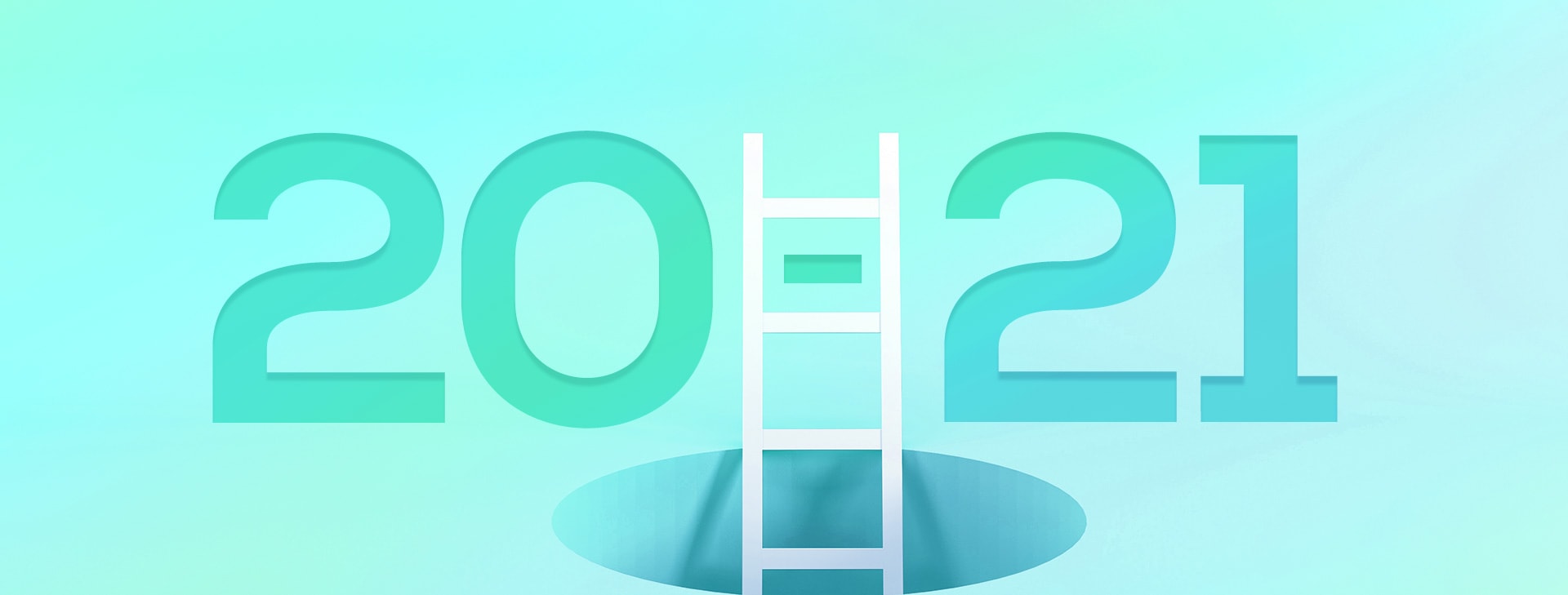
Educational Assessment 2020-21 Is Assessment 101
The Instructional Landscape Is Not What We Were Expecting, But We Know What To Do: Return to Assessment 101
In recent weeks, several CenterLine posts have addressed how states, districts, and schools should consider using assessment to support instruction when school begins again in the fall. We are pleased to share this guest post by Kristen Huff of Curriculum Associates with her perspective on this important topic. Here, she writes about how the 2020-21 school year will be a back-to-basics return to assessment 101.
An education leader who works with scores of districts and schools across the nation told me this week that educators feel like Dorothy when her house was lifted by the tornado – all of the furniture is aloft and spinning – and they are just looking for something to hold onto, an anchor in the storm. I have that feeling too; it’s hard to not internalize the chaos and to fear that we have to reinvent the whole of teaching, learning, and assessment on the fly when school resumes for the 2020-21 school year – whether that is in buildings, virtually, or a combination. But looking for something new, shiny, or complicated is just a distraction. We do have the practices and tools to help students recover the learning that was lost or missed.
Our Job in 2020-21 is to Return to Assessment 101: Do What We Know Works
Most classroom teachers in this country are faced year after year with students who do not have the knowledge and skills required to perform at grade level, and many help those students make meaningful progress towards proficiency. Learning gaps are not a new challenge, and we know what works to help students succeed:
- Keep expectations high and prioritize rigorous grade-level instruction.
- Don’t waste time trying to make up for all the gaps; use surgical precision to accurately and quickly identify the prerequisite knowledge and skills needed to access the current lesson and scaffold for those who need more support.
- Keep remediation limited to a relatively short amount of time each week and make sure it is personalized.
- Monitor student progress with a variety of assessment tools and practices that are integrated into instruction and part of a high-quality curriculum.
- Use interim assessments 2-3 times per year to help determine at what grade level the student is working, and in which skills they need the most support.
Most would say this has been happening in their districts for years, but this time we have to mean it.
The tools and practices that teachers need to support students who have skill gaps – even those who are more than one grade level behind – already exist. We need to make sure that teachers have access to the tools they need and that policies are in place that prioritize targeted instruction above all else.
Districts Should Fiercely Protect Instructional Time and Prioritize only Necessary Assessments
It goes without saying that administering some form of state-level summative assessment at the beginning of the school year would be a colossal waste of teachers’ most valuable resource: instructional time. We also know that any assessment that is even remotely associated with accountability immediately loses its value for informing instruction. That said, there is a time and a place for state and federal accountability; it’s just not when students return to school in the fall. What is needed in the fall are assessments that provide teachers with rich, actionable feedback focused on grade-level instruction.
Educators need to understand student progress and be able to relate that information to instructional choices. Normative-based growth metrics are very useful in understanding how students are performing compared to some defined population – most commonly a national sample of students in the same grade – but this information is insufficient from an instructional point of view. As an educator, I need to know the specific knowledge and skills that will keep students on the path to grade-level proficiency, especially for the student who is one or more grade levels behind. I also need to know an ambitious yet attainable annual growth goal so I can be confident that the student is on a path towards grade-level rather than just increasing their rank-order. As such, normative information simply cannot be the sole solution to help measure learning gaps, track student progress, and inform instruction. It’s never been sufficient and will certainly fail our educators and students next school year if that is the only data teachers have as a resource.
Before the pandemic, teachers all across the nation were faced with classrooms full of students with learning gaps. Let’s learn from the triumphant students who have overcome these hurdles in the past and gained proficiency over time; those recovered students are our guides. Let’s adopt the practices and tools of those teachers who helped those students reach proficiency and let’s use that information to finally – in the face of this crisis – get to proficiency for all students.
We Need Targeted Instruction That Puts Students on a Path to Grade Level and We Have the Tools
The solution is not more assessments or different assessments or some clever, hobbled-together hybrid. Next year will be challenging, but we know what to do! Let’s do that and nothing else. Let’s be the anchors in the storm and get to work.
Kristen Huff currently serves as the Vice President of Assessment and Research at Curriculum Associates, where she leads a team of assessment designers, psychometricians, and researchers in the development of online assessments integrated with personalized learning and whole-class instruction. Prior to this role, she served as the Senior Fellow for the New York State Education Department as well as serving in leadership roles with several major assessment companies. Dr. Huff has deep expertise in k-12 large-scale assessment and has co-chaired the NCME Task Force on Classroom Assessment since 2016.
